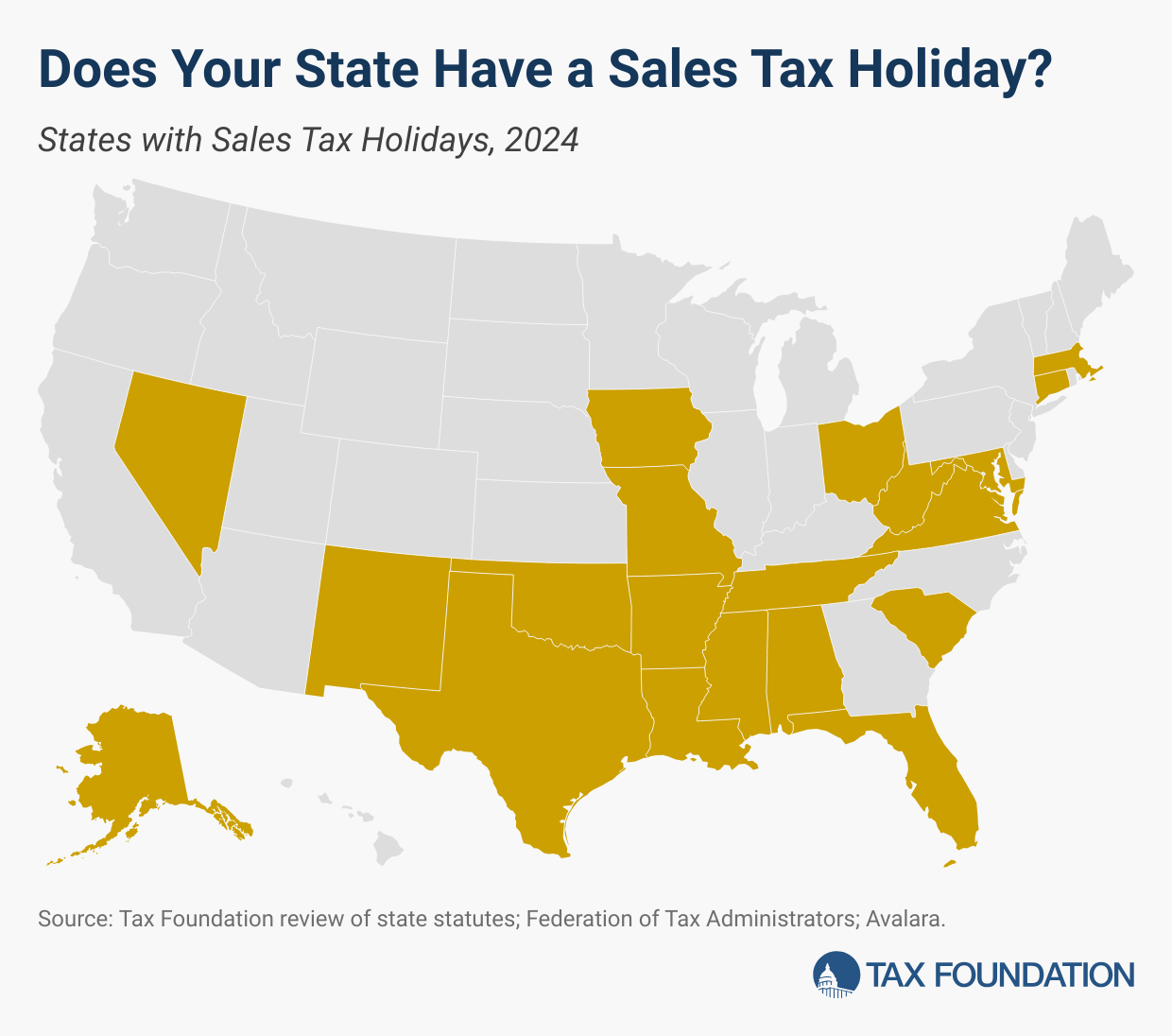High Drug Prices: Are Patents to Blame?
Our conversation today is with Corey Salsberg, who is the Vice President and Global Head of IP Affairs for Novartis, one of the world’s leading and more innovative biopharmaceutical companies. During a wide ranging conversation that goes for just over an hour, we discuss whether patents are to blame for high drug prices, and if not what is the real driver of drug prices in America. Ultimately, the conclusion is there are several things to blame, but placing blame on patents and exclusive rights is misguided and naive.
High drug prices are “a factor of a variety of different things, including a broken health care system that really puts pharmacy benefit managers and insurers and people on the insurance side of things ahead of innovators and health care professionals,” Salsberg explained.
Pharmacy benefit managers, or simply PBMs as they are called in the industry, are often owned by either the pharmacies themselves or sometimes by insurers, which creates a lot of self-dealing to say the least. These PBMs receive approximately 50% of the value of the drug, so when a particular pharmaceutical costs $100, generally $50—and sometimes more—goes back to the PBM. But “the patient is stuck having to pay the co-pay based on the list price, not on the rebated price, so the patient ends up paying more… which has nothing to do with IP.”
We also discuss recent attempts by the government to place price controls on the pharmaceuticals most widely used by seniors on Medicare, and why the so-called “negotiation” that the government claims will take place is nothing more than what lawyers call gun at the head duress, and nothing at all like a fair negotiation. Salsberg explained how the price controls work with reference to the Novartis drug Entresto, which is a widely prescribed heart failure drug that is one of the drugs that will soon have price controls placed upon it.
“[Entresto] is very commonly prescribed, high volume, because heart failure affects mostly the elderly, and it’s one of the standards of care for heart failure. So, it’s a very common, popular, important drug. No one has ever said that drug is overpriced, that drug doesn’t reflect its value, that drug is expensive, but it made the list because so many patients are on it.” Salsberg explained. “The government’s interest here is not reducing the price of overpriced drugs. The government’s interest is cost savings to itself by spending less on what it spends the most on, even if it’s the right price to begin with.”
“You start out with an automatic unilateral price cut that the government says, we’re cutting your price anywhere between, 25 to 60 percent price cut, depending on how long that drug has been on the market without generic competition,” Salsberg said. “So, if your drug was fairly priced at $100 on the private market when you started, the maximum price the government will give you is $75, even if it was already fairly priced by every objective measure.”
From this 25% automatic haircut, the negotiation begins, with each of the other relevant factors under the law further pushing the price lower. And if you do not accept what the government is offering, a massive, punitive fine is levied by the government.
The “massive fine… ranges from 187% to 1900%… depending on how long you refuse to give the government the price it wants,” Salsberg explained. “We calculated out for our drug, our one drug that’s on this list, that [the fine] would go up to about 90 billion dollars per year, a 90 billion dollar so-called tax, if we don’t give the government the price it wants. And the last option, the only other thing you can do, you cannot just withdraw [from Medicare], you cannot just refuse to sell that one drug.”
To hear this entire conversation, listen wherever you get your podcasts (links here). Or visit IPWatchdog Unleashed on Buzzsprout.
Gene Quinn
Gene Quinn is a patent attorney and a leading commentator on patent law and innovation policy. Mr. Quinn has twice been named one of the top 50 most influential people […see more]







